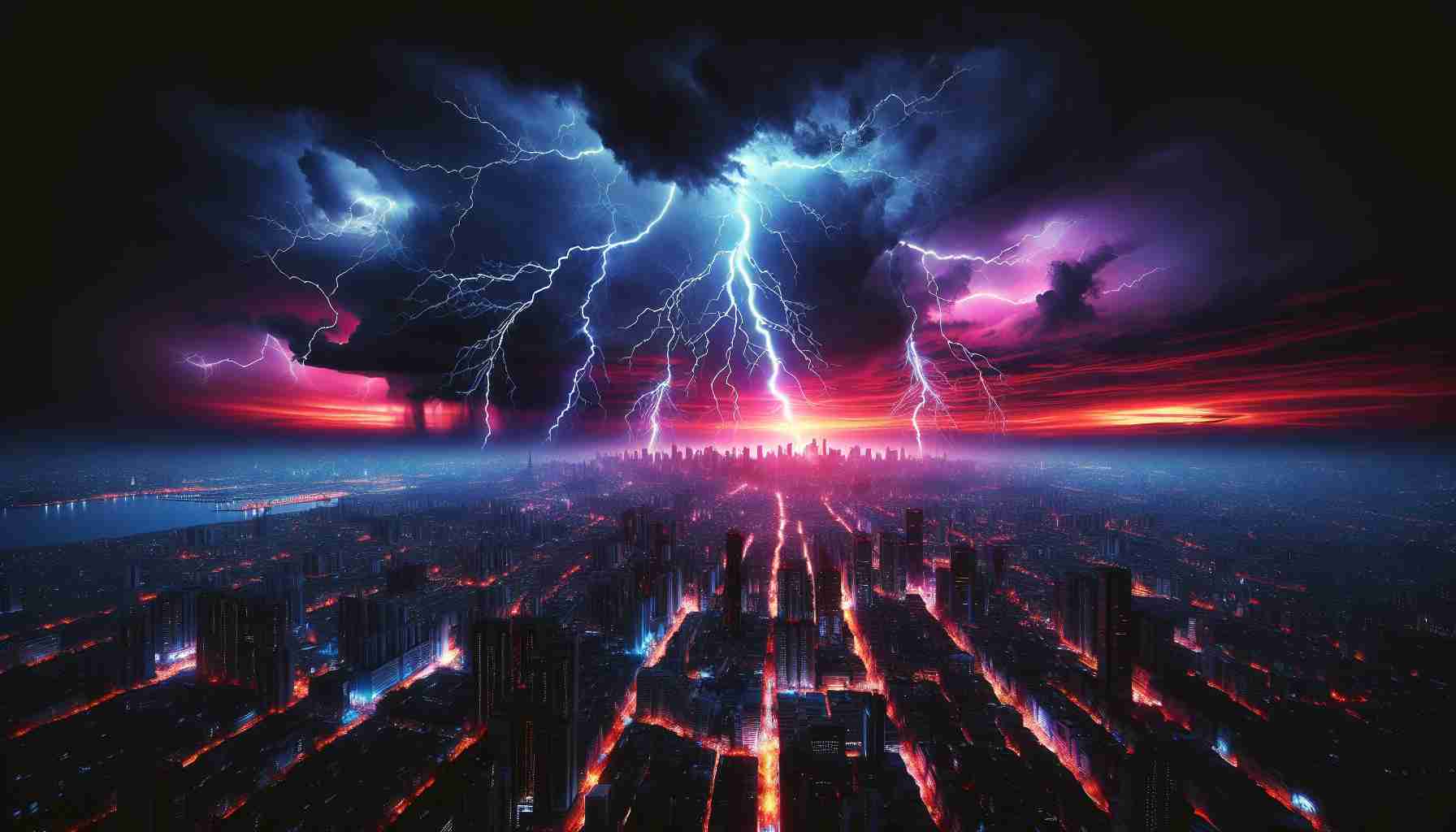- Severe storms recently impacted AusNet customers, leaving approximately 13,500 without power due to lightning strikes.
- AusNet responded quickly, utilizing ground crews and helicopters to locate and address the outages.
- Lightning was identified as the primary cause of the disruptions, affecting several communities including Benalla, Wangaratta, Wodonga, and Myrtleford.
- Restoration efforts were effective, bringing power back to homes and businesses after the storm.
- This incident underscores the necessity for storm preparedness and proactive safety measures for residents in affected areas.
As fierce storms unleashed their fury over the weekend, lightning danced through the skies, leaving thousands without power across the AusNet network. On Friday night and Saturday morning, the ominous flashes ignited chaos in the regions of Benalla, Wangaratta, Wodonga, and Myrtleford, disrupting the lives of around 13,500 customers.
AusNet acted swiftly, deploying ground crews and two helicopters to ariel patrol the affected areas. Their mission: to track down the culprits behind this widespread outage. The investigation revealed that rogue lightning strikes were the primary source, sparking outages and unsettling the tranquility of these communities.
Imagine a calm evening abruptly punctuated by mere moments of natural spectacle turning into a modern-day blackout. Residents found themselves grappling with darkness, their plans disrupted as power flickered and faded. As essential services were interrupted, this thunderstorm showcased nature’s raw strength and its unpredictable consequences.
Despite the drama, hope was on the horizon. Crews worked tirelessly to restore power, soon illuminating homes and businesses once more. The resilience of the community shone bright amid the challenges posed by nature’s fury.
Takeaway: Storms can be mesmerizing and terrifying all at once. For those living in storm-prone areas, it’s a reminder of the importance of preparation and safety when nature’s force unleashes its power. Stay alert, stay safe, and always be ready for the unexpected!
Storm Fury: How Lightning Disrupted Lives and Power in AusNet Regions
Overview of the Recent Storm Outages
Recently, severe storms wreaked havoc across the AusNet network, causing significant power outages due to intensive lightning activity. The affected regions included Benalla, Wangaratta, Wodonga, and Myrtleford, impacting approximately 13,500 customers. Amidst the chaos, AusNet mobilized their crews and utilized helicopters for aerial assessments to promptly address the outages attributed primarily to rogue lightning strikes.
Key Insights and Information
– Restoration Efforts: AusNet deployed dedicated ground crews and aerial patrols to identify and address the sources of outages swiftly.
– Community Impact: The outages disrupted daily life significantly, impacting essential services and causing frustration among residents.
– Meteorological Factors: This incident underscores the volatile nature of weather patterns affecting the region, which may be exacerbated by climate change.
Pros and Cons of Lightning Storms
Pros:
– Lightning plays a crucial role in maintaining atmospheric balance and nitrogen fixation in soil.
– Spectacular natural displays can be awe-inspiring and attract interest in weather phenomena.
Cons:
– High risks of power outages and damage to infrastructure.
– Potential for severe injuries or fatalities due to electrical strikes.
How to Prepare for Storms
1. Emergency Kits: Assemble essential supplies including water, food, medications, and flashlights.
2. Stay Informed: Keep up with weather alerts from reliable sources to anticipate storms.
3. Home Safety Upgrades: Invest in surge protectors and backup power solutions to mitigate damage.
Frequently Asked Questions
Q1: What should residents do during a lightning storm?
A1: Stay indoors, avoid using electrical appliances, and stay away from windows. If caught outside, seek shelter in a sturdy building or a vehicle.
Q2: How can communities improve their resilience against severe storms?
A2: Communities can improve infrastructure, enhance emergency response plans, and promote public education on storm preparedness.
Q3: What trends are we seeing in storm frequency and intensity?
A3: Studies indicate an increase in the frequency and severity of storms, likely influenced by climate change, necessitating better preparedness and adaptation strategies.
Conclusion
The recent storms in AusNet regions serve as a stark reminder of the power of nature and the importance of preparation. With increased storm activity likely due to climate factors, it is crucial for communities to develop robust plans for safety and response.
For more information on storm preparedness and safety, visit AusNet Services.
